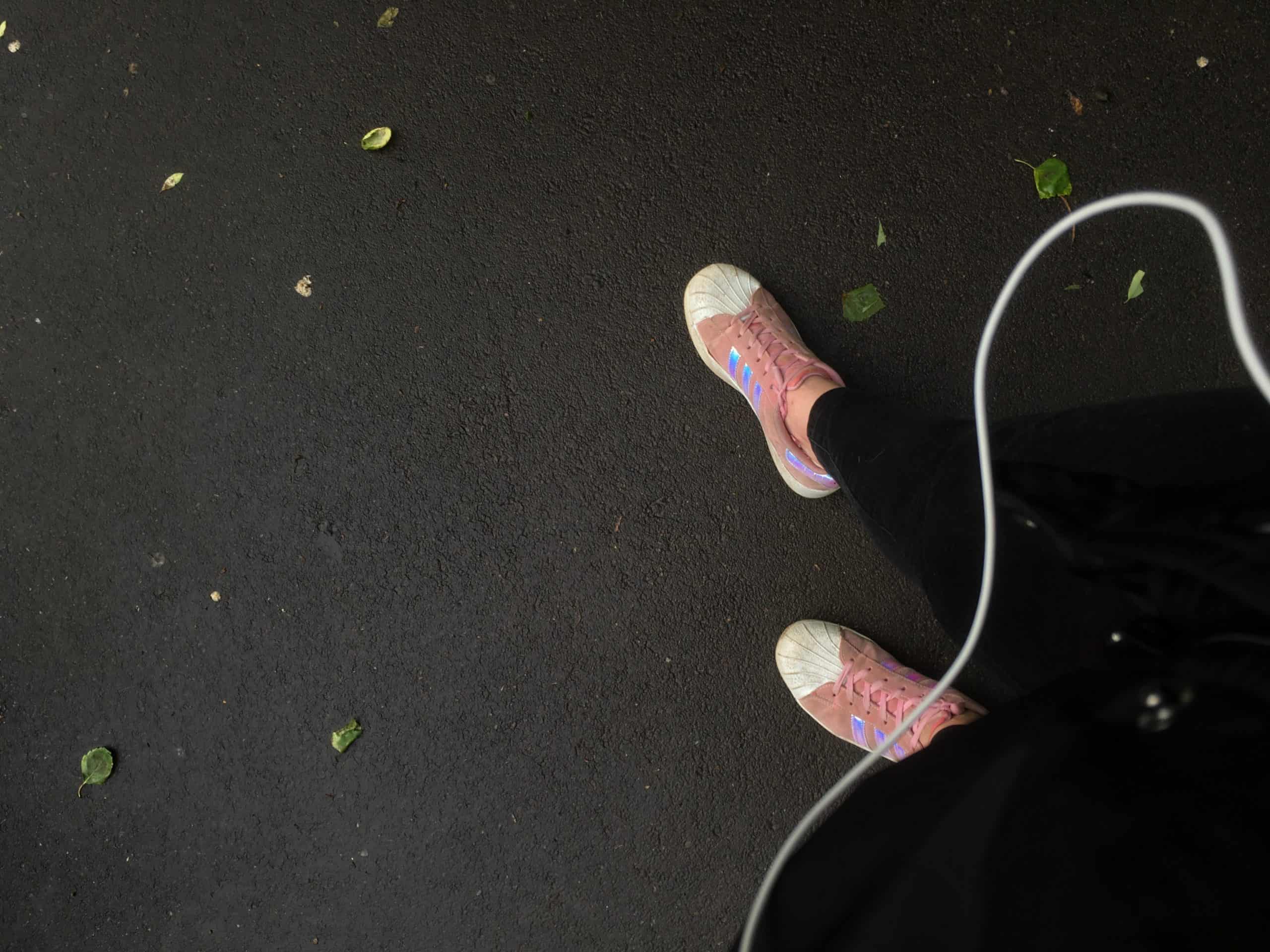With most work places these days having some sort of security measure in place to ensure only their employees gain access to work sites, a security pass has become something that you just can’t leave home without. If you’ve ever left that item at home on a work day then you’ll know just how disruptive this can be to the morning routine and the general flow of the day.
From observation the most common reasons for forgetting passes are:
- swapping bags;
- just returned from holidays;
- wearing a different jacket or belt to the day before; and
- leaving it somewhere… the bench? desk? in the hands of a small child?
Observing such patterns in yourself is really useful. By making note of what the common factors are around such oversights you can apply that knowledge towards the creation of a new daily habit.
A habit that is generally successful for many, and that is also one of the simplest ways to avoid forgetting that pass – is to ensure that it has a home. This is a basic yet invaluable mechanical organising principle. With this in effect, your pass can only be in one of two places – on you or in its home.
Developing this strategy depends on what works for you, however.
First, to find the perfect home for your pass you need to take your living arrangements into account. Do you live alone or in a share house? Then observe where you gravitate to when you first walk into your home or room. Whether it’s a table, a bookcase or a couch, could that area or somewhere near it work as a home for your pass?
Having found the ‘neighbourhood’, try re-purposing a splendid bowl or platter and place it within reach of your arrival area. If you can only really leave things in your own room, a bowl or platter will still help as it triggers your mind towards identifying a certain spot as a “destination”. Making the deliberate choice to place your keys, sunglasses, change or travel cards there will eventually make the habit part of your routine. If you are an intensely visual person, taking a mental snapshot of where this home is and what surrounds it might be a good way of cementing the solution in place.
This may also be a good spot for other things to live that frequently go with you into the outside world: purse or wallet, money and/or cards, ID, keys, watch and maybe even your mobile. Many of these items are must haves for daily tasks so the likelihood of forgetting your work pass is drastically reduced by having such items together.
Getting your body involved is another way of supporting such a strategy. The inclusion of the body can be extremely useful for tactile minded people as a way of making such forward planning more tangible. When about to head out the door, starting from the top of the body make your way down – touch your head and check off glasses or sunnies, touch your right hand for keys, your mid section for wallet/cards and your pass.
When at work, use accessories like a lanyard or bracelet or retractable clip holder to keep your pass on your person. And think creatively as to where to attach the clip if nothing obvious seems available, like the neck or under arm of a dress. Keeping your pass with items like your phone may also be what works for you – a phone cover with card slots is a handy way of keeping all your essentials together.
As security passes become more and more a work place necessity – exploring these ideas to find what works for you sets you up for an effective and stress free morning routine. A fine start to the day!
Organising heart, head, and home
Flor&order








